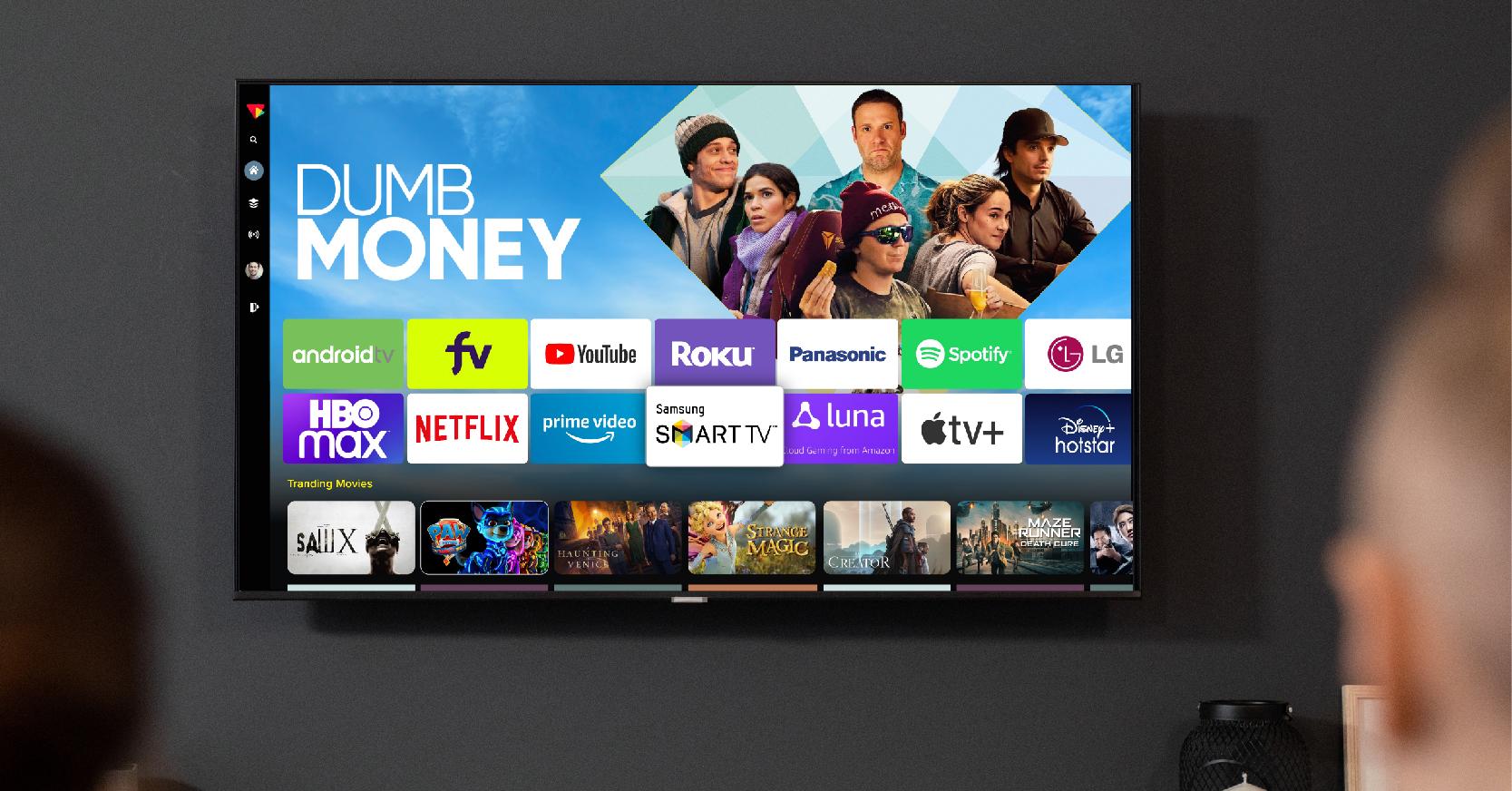Apollo Group Tv Can Be Fun For Anyone
Apollo Group Tv Can Be Fun For Anyone
Blog Article
The 8-Second Trick For Apollo Group Tv
Table of ContentsAn Unbiased View of Apollo Group TvA Biased View of Apollo Group TvSome Known Details About Apollo Group Tv The smart Trick of Apollo Group Tv That Nobody is Talking About
In this scenario, instead than having three-minute industrial areas during a 30-minute television program, television shows may change to one where a customer will be called for to have a monthly membership, to make sure that they cen sight targeted banner advertisements. This kind of advertising currently occurs on the internet, and the quantity of information television business gather allows them to do a lot the exact same.Describe the significant fads among the broadcasting and cable television networks. Popular radio shows such as cops dramatization Dragnet and western cowboy series Gunsmoke were adjusted for tv, and new Television programs were funded by single marketers, simply as radio shows had been.
Today, the tv market is much more complicated. Programs are funded by numerous advertisers; programs is managed by major media empires; and the 3 significant networks no longer control the airwaves yet rather share their customers with many cord networks. A number of elements make up these patterns within the market, consisting of technical growths, federal government policies, and the creation of new networks.

Indicators on Apollo Group Tv You Should Know
Established in 1969, (PBS) developed out of a record by the Carnegie Compensation on Educational Television, which checked out the role of academic, noncommercial television on culture. Public television was also planned to give universal accessibility to television for viewers in rural areas or audiences that can not pay for to pay for private tv solutions.
The period in between 1950 and 1970 is traditionally identified as the. In addition to a little portion of airtime regulated by public television, the three major networks (called the Big 3) controlled the television market, collectively making up more than 95 percent of prime-time viewing. In 1986, Rupert Murdoch, the head of multinational company Information Corp, launched the Fox network, testing the supremacy of the Big Three.
Targeting young and minority audiences with programs such as Buffy the Vampire Killer, Moesha, Dawson's Creek, and The Wayans Bros., the brand-new networks really hoped to attract stations away from their old network associations. However, as opposed to repeating the success of Fox, UPN and WB battled to make an impact. Incapable to draw in numerous affiliate stations, the two new networks got to less households than their larger opponents because they were unobtainable in some smaller cities.
This decision led the means for the development of cable television motion picture networks, adding to the exponential growth of cable in the 1980s and 1990s. apollo tv. Further deregulation of wire in the 1984 Cable Communications Plan Act got rid of limitations on cord prices, allowing drivers to charge what they wanted for cable solutions as long as there was efficient competitors to the service (a requirement that over 90 percent of all cable markets could fulfill)
How Apollo Group Tv can Save You Time, Stress, and Money.

Having actually produced the very first "superstation," Turner broadened his world by founding 24-hour information network CNN in 1980. At the end of the year, 28 national programs services were readily available, and the cable revolution had actually started. Over the following decade, the sector undertook a period of rapid development and popularity, and by 1994 viewers could pick from 94 basic and 20 costs wire solutions.
Figure 9 - https://apollo-group-tv-47717575.hubspotpagebuilder.com/apollo-group-tv/apollo-group-tv-app-the-ultimate-streaming-solution-for-your-entertainment-needs.16 Enhanced competitors from wire networks has actually created a steady decrease in the networks' target market rankings. During the 1950s, the price of generating a solitary television show raised as programs ended up being longer and manufacturing costs soared. Sponsorship on network television moved from single sponsorship, in which a program was completely sustained and produced by one marketer, to multiple sponsorship, in which advertisers purchased 1- or 2-minute places on the program
Choose one of the Big 4 networks and publish out its weekly shows timetable. View the network's prime-time programs over the program of a week, noting the target market for each program.
About Apollo Group Tv

Straight TV, frequently referred to as typical program TV, includes cable and satellite television. It's called "direct" due to the fact that content adheres to a fixed programming schedule, unlike on-demand material which the individual audience determines to enjoy based on their very own choices and schedule. So, when you ask, "What is straight television?", believe of it as the timeless method of enjoying television that has actually been around for decades.
Report this page